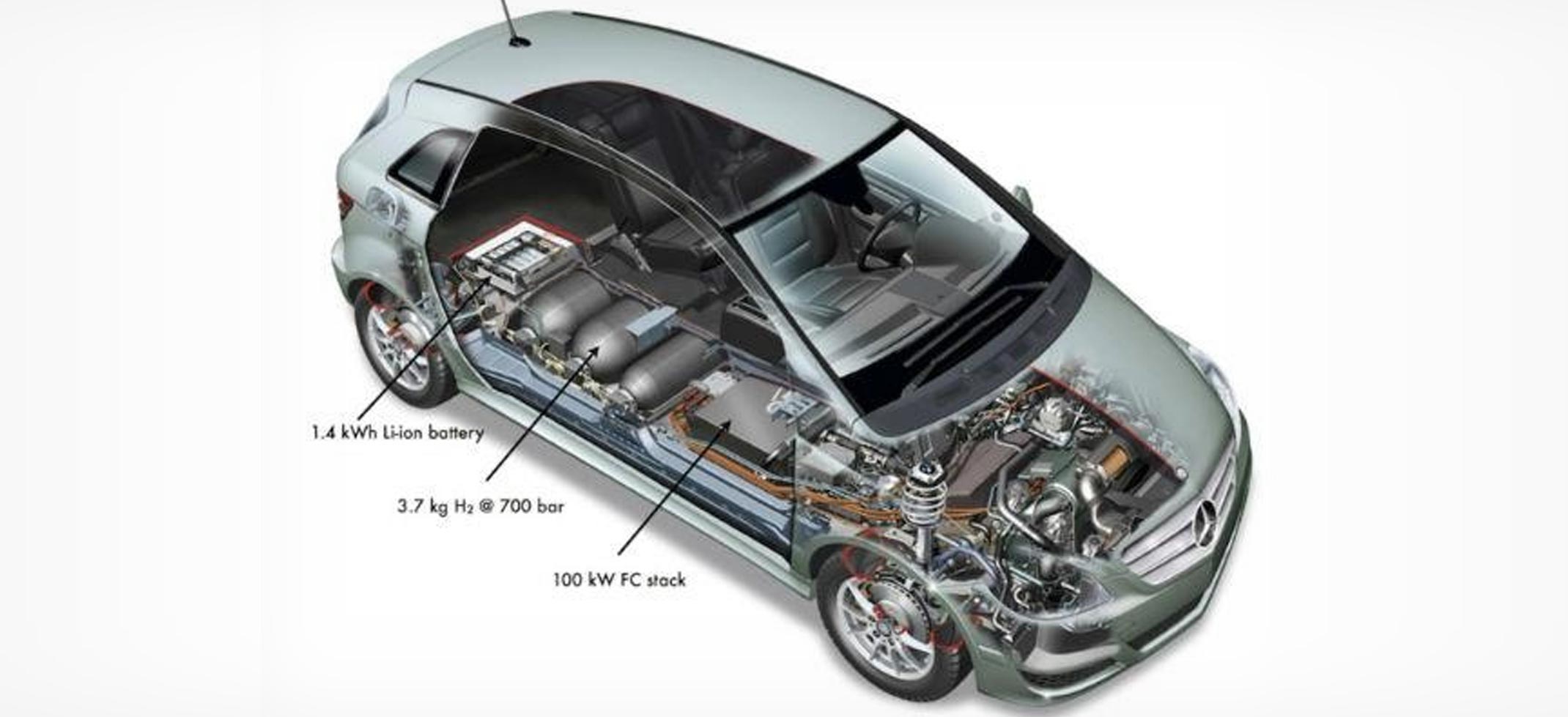Whilst ‘electric vehicles’ (EVs) are starting to achieve commercial success and infrastructure is becoming more adapted, ‘Fuel cell vehicles’ (FCVs) are still lagging behind. Explanations for this rather slow adoption generally revolve around four issues: cost, lack of infrastructure, safety and, more generally, public perception.
In spite of its various advantages over electricity, such as compressed hydrogen storage tanks taking up much less space than batteries, fuelling time being much faster and range being much higher, hydrogen is still facing a lack of investment and political commitment, which is largely due to inaccurate popular beliefs, notably with regards to safety.
In Europe, the H2TRUST (Development of H2 Safety Expert Groups and due diligence tools for public awareness and trust in hydrogen technologies and applications) project is looking into the latter with a view to challenging misconceptions and raising awareness among governments, industry and consumers.
The project partners say they aim to foster a smooth and well managed transition to full-scale commercialisation of ‘Fuel cell hydrogen’ (FCH) applications in Europe and, from a safety perspective, to help inform about, prepare for and increase confidence in this promising technology.
The cost of hydrogen ‘Fuel cell electric vehicles’ (FCEVs) remains prohibitively high, though this is projected to decrease as manufacturers progress towards commercial levels of production. The expansion of the hydrogen refuelling station network will also require capital and operational support from governments in the early stages while vehicle uptake remains low.
We need a sufficient number of vehicles to justify the creation of fuelling stations and vice versa. This requires a cohesive approach, factoring in support mechanisms for production, obligations for suppliers, capital and operational support for hydrogen fuelling stations, and incentives or mandates for vehicle manufacturers to deploy hydrogen FCEVs.
For more information: www.heatexchanging.com






